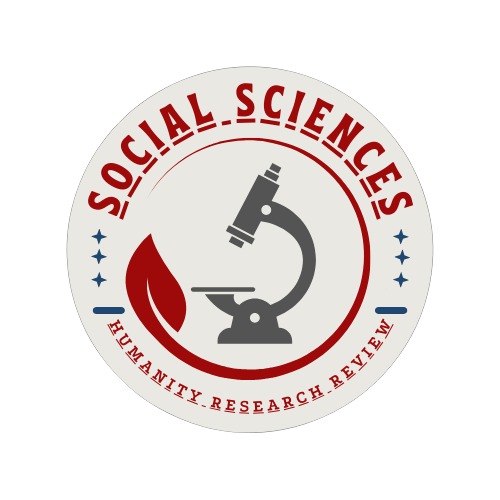ANALYZING THE EFFECT OF ARTIFICIAL INTELLIGENCE (AI) ON EMPLOYEES PERFORMANCE AND PRODUCTIVITY TO ACHIEVE BETTER ORGANIZATIONAL INTELLIGENCE. A REVIEW AND FUTURE RESEARCH DIRECTIONS
DOI:
https://doi.org/10.63056/sshrr.v2i4.51Abstract
This review paper deals with the incorporation of artificial intelligence (AI) into organizational structures and how it affects employee performance, productivity, and overall organizational intelligence. With the increasing tendency of organizations toward AI applications, understanding these technologies' relationships with paramount dependent variables becomes imperative for maximizing benefit. The study uses the Technology Acceptance Model 2 (TAM2) as the theoretical foundation of the study. It is, therefore, a strong methodology through which the acceptance of AI within organizations can be analyzed. TAM2 lays emphasis on the perceived usefulness and perceived ease of use, which are crucial factors in employee engagement with AI systems. The independent variables in the study would be AI integration, specific AI applications, training and development interventions, organizational culture, and infrastructure for digital. The study also inquired into moderators such as anxiety on job loss, ethics, and culture to measure their influence on AI adoption. This paper will give a general survey of the literature on how AI would turn workplaces upside down and produce better results for organizations. The relevance of nurturing a friendly environment towards AI integration has been enhanced by training initiatives that optimally deploy an adaptable organization culture. By identifying gaps in the current literature, this study sets the groundwork for future empirical research using quantitative methodologies, including survey development and structural equation modeling (SEM) to further investigate the hypothesized relationships among these variables. Ultimately, this review contributes to understanding AI's potential to transform work environments-and offers practical recommendations for organizations that want to leverage AI to improve their performance and productivity.







